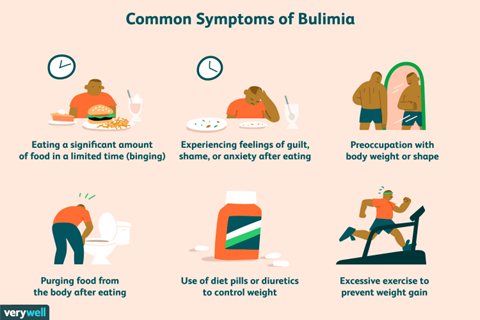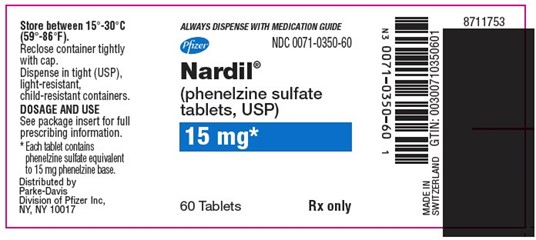A nurse is contributing to the plan of care for a client who has bulimia nervosa. Which of the following interventions should the nurse recommend?
Administer bupropion 1 hr before meals
Allow the client access to food throughout the day
Weigh the client once weekly
Observe the client for 1 hr after meals.
The Correct Answer is D
d. Observe the client for 1 hr after meals.
Explanation:
The correct answer is d. Observe the client for 1 hr after meals.
For a client with bulimia nervosa, it is important to closely monitor their behavior after meals to prevent purging behaviors and ensure their safety. Observing the client for 1 hour after meals allows the nurse to provide support, encourage healthy coping strategies, and intervene if necessary to prevent purging episodes.
Option a, administering bupropion 1 hour before meals, is not an appropriate intervention for bulimia nervosa. Bupropion is an antidepressant medication that may be used for certain mood disorders, but it is not the primary treatment for bulimia nervosa.
Option b, allowing the client access to food throughout the day, is not a recommended intervention for a client with bulimia nervosa. Clients with bulimia nervosa often struggle with impulse control and binge eating behaviors. Allowing unrestricted access to food may exacerbate their symptoms and increase the risk of binge-purge cycles.
Option c, weighing the client once weekly, is not the most appropriate intervention for managing bulimia nervosa. While weight monitoring may be a component of treatment, it should not be the sole focus. The treatment for bulimia nervosa involves addressing the underlying psychological and behavioral factors contributing to the disorder.
By recommending the observation of the client for 1 hour after meals, the nurse can provide necessary support, monitor the client for potential purging behaviors, and promote a safe and therapeutic environment for their recovery from bulimia nervosa.

Nursing Test Bank
Naxlex Comprehensive Predictor Exams
Related Questions
Correct Answer is D
Explanation
The nurse should expect the provider to discontinue phenelzine 2 weeks before starting fluoxetine treatment. Phenelzine is a monoamine oxidase inhibitor (MAOI) and should not be taken with fluoxetine, which is a selective serotonin reuptake inhibitor (SSRI). Taking these two medications together can cause a dangerous drug interaction known as serotonin syndrome.
a) Levothyroxine is a thyroid hormone replacement medication and does not interact with fluoxetine.
b) Acetaminophen is a pain reliever and does not interact with fluoxetine.
c) Simvastatin is a cholesterol- lowering medication and does not interact with fluoxetine.

Correct Answer is B
Explanation
b. Rationalization
Explanation:
The correct answer is b. Rationalization.
Rationalization is a defense mechanism characterized by the individual's atempt to justify or explain their behavior or actions in a way that makes it more acceptable to themselves or others. It involves providing logical-sounding reasons or excuses to mask or minimize the real underlying reasons for their behavior.
In this scenario, the client is atributing their recent behavior to the loss of their job, using it as a justification or explanation for their actions. By blaming the job loss, they are rationalizing their behavior as a direct result of the circumstances they faced.
Option a, Projection, involves atributing one's own unacceptable thoughts, feelings, or behaviors to others.
This defense mechanism does not apply to the client's statement about their job loss.
Option c, Repression, involves the unconscious blocking of unwanted thoughts or feelings. It does not relate to the client's behavior or their explanation for it.
Option d, Sublimation, is a defense mechanism where an individual channels or redirects unacceptable impulses or emotions into socially acceptable behaviors or activities. It is not applicable in this context since the client is not expressing their emotions or impulses through alternative constructive means.
By identifying the client's explanation as rationalization, the nurse recognizes the defense mechanism being used and gains insight into how the client is coping with their emotions and justifying their behavior in response to the job loss. This understanding can guide the nurse in providing appropriate support and interventions to help the client manage their anger more effectively.
Whether you are a student looking to ace your exams or a practicing nurse seeking to enhance your expertise , our nursing education contents will empower you with the confidence and competence to make a difference in the lives of patients and become a respected leader in the healthcare field.
Visit Naxlex, invest in your future and unlock endless possibilities with our unparalleled nursing education contents today
Report Wrong Answer on the Current Question
Do you disagree with the answer? If yes, what is your expected answer? Explain.
Kindly be descriptive with the issue you are facing.
